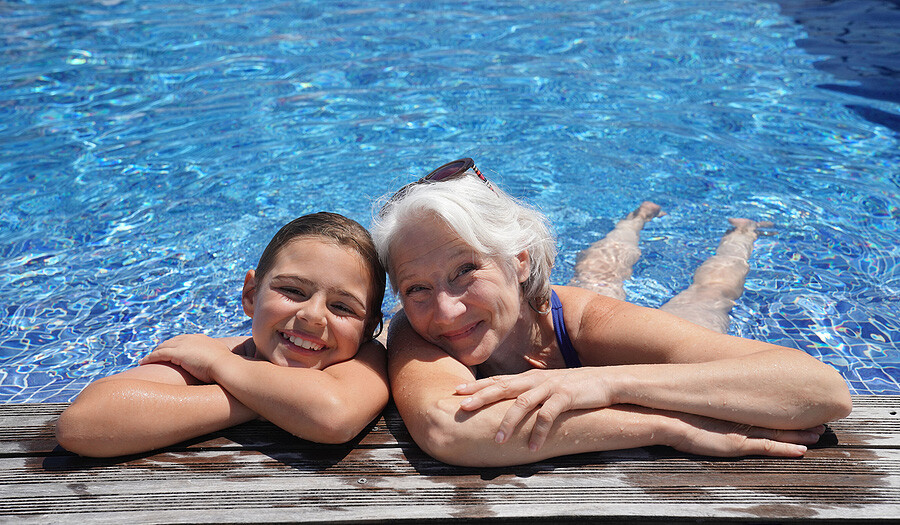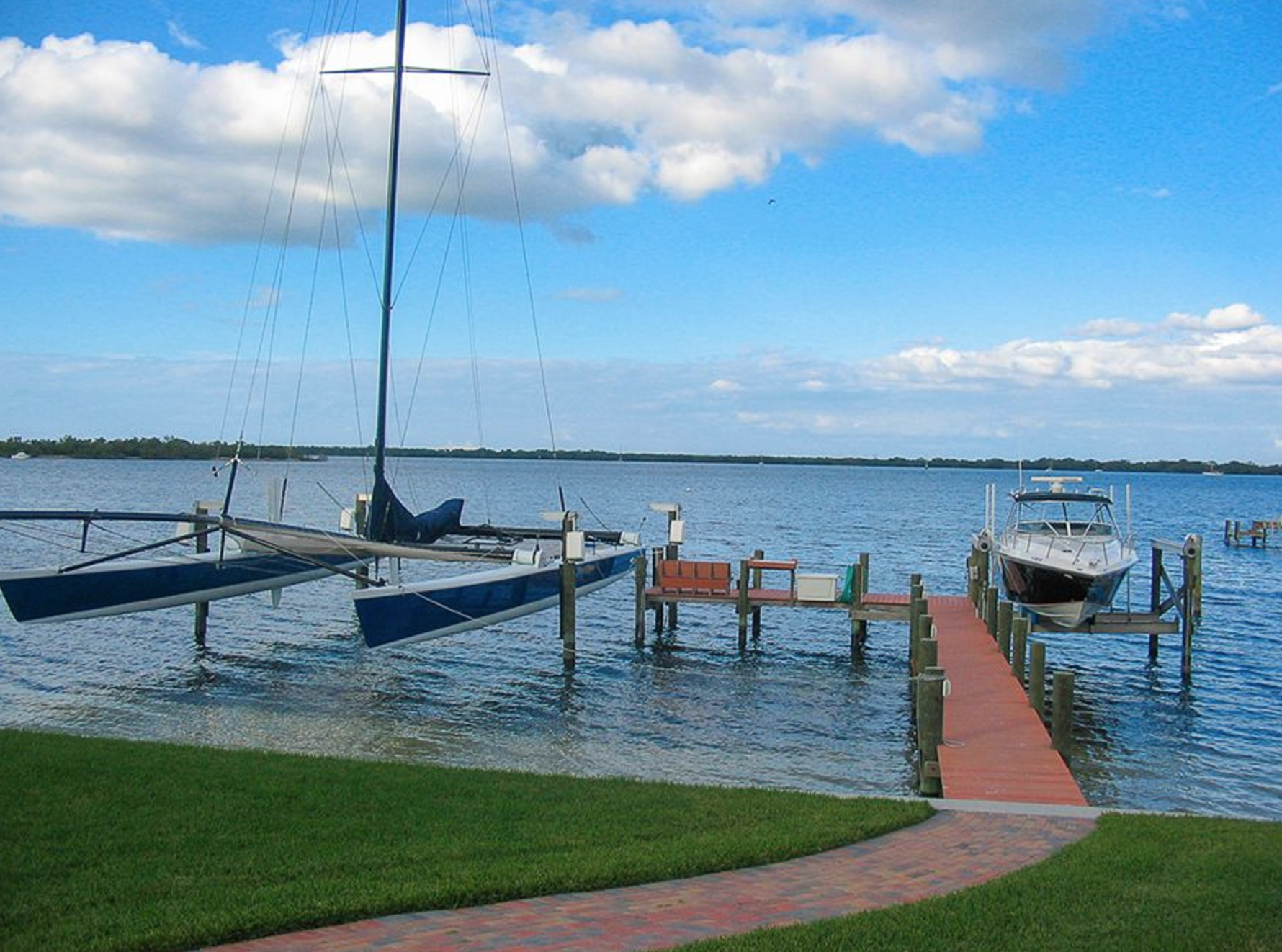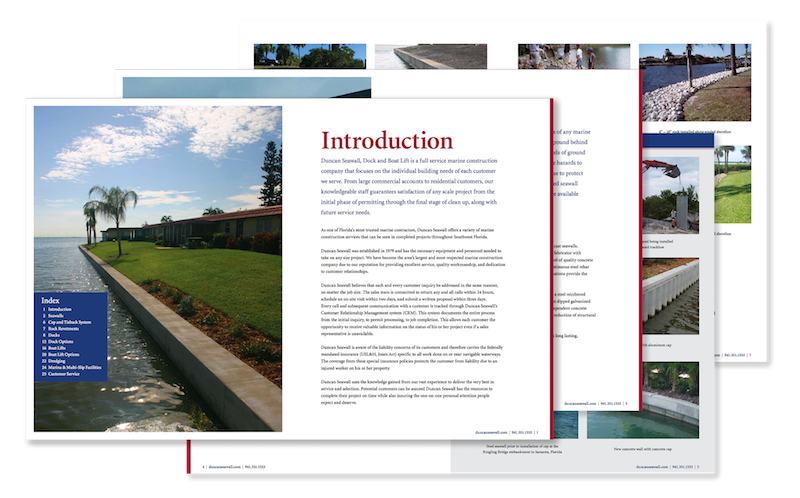Your waterfront home is the perfect spot for family fun in the sun, offering amazing views and great weather all summer long. But, with all that fun comes extra responsibilities, especially when you've got kids running around.
Related Blog: Top 5 Dock Lights in Venice: Best for Safety, Fishing, and Ambiance
Ensuring kids are safe around your pool or any water body is crucial. By implementing key safety measures, you can prevent accidents and guarantee a safe, fun time for everyone in the water.
#1: Always Watch Your Kids Near Water
Ensuring the safety of your children near water is crucial, as drowning ranks as the top cause of accidental deaths in kids aged 1 to 4. It's important to remember that children who are struggling in water often can't shout for help, so it's vital to keep a close watch on their actions.
The American Academy of Pediatrics (AAP) recommends that adults should always be within arm's reach of young children under five to guarantee their safety. Water safety for kids, child supervision around water, and preventing drowning are key measures to protect your little ones during water activities.
#2: Childproof Your Waterfront Yard
When allowing children to play in your waterfront property's yard, it's crucial to implement measures that prevent accidental falls into the water. Ensuring their safety is paramount, and here are a few practical steps to make that happen:
- Build a fence with a locked gate.
- Double-check the lock is child-proof.
- Install an alarm that chimes when the gate opens.
- Fence off your pool or cover it securely.
By taking these steps, you can create a safer environment for children to play and give yourself peace of mind knowing they're protected from water hazards.
#3: Invest in Life Vests for Children
Remember, flotation devices, such as arm bands or foam noodles don't prevent drowning. To protect children if they are going rafting, kayaking, or paddle boarding, you need to equip them with a personal flotation device approved by the U.S. coast guard.
A life vest or a life belt can be a great option for children who don't know how to swim. However, a watchful eye is still a must-have part of the process.
#4: Teach Your Kids Water Safety Rules
To ensure the safety of our little ones, it's crucial to take a moment to sit down with them and clearly communicate the safety rules. Ensure they understand that swimming without an adult present is off-limits, no matter how tempting it might be.
It's vital to explain key safety practices, like wearing protective gear and recognizing the dangers of strong currents, including how to react if caught in one. This approach is all about keeping things safe, building understanding and shared responsibility, and making sure everyone feels supported and understands where the other is coming from.
To safeguard the little ones living in or visiting your waterfront home, Duncan Seawall provides tailored safety upgrades for waterfront properties. Download our Complete Guide to Docks to discover accessories and features that ensure safety and fun for your loved ones this summer.










